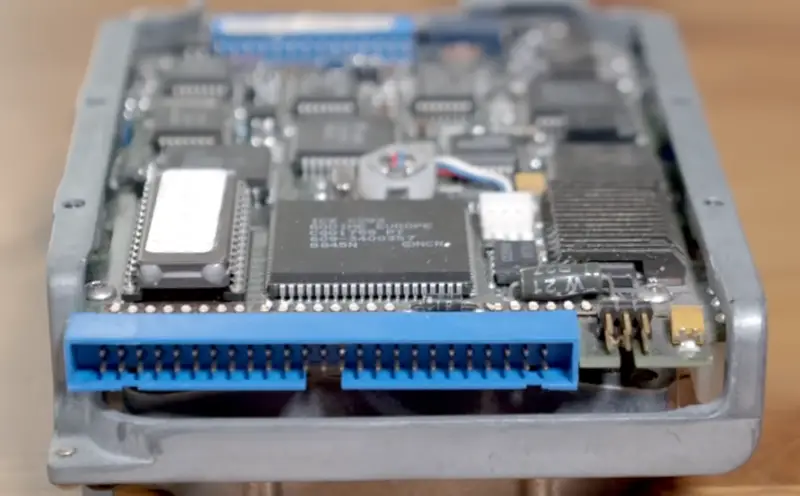Early home PCs usually had a floppy disk and a simple hard drive controller. Later, IDE hard drives became the defacto standard. Of course, these days, you are more likely to find some version of SATA and — lately — NVME connectors. But a standard predating all of this was very common in high-end systems: SCSI. [RetroBytes] recently did a video on the bus which he calls the “USB of the 80s.”
Historically, Shugart — a maker of disks — was tired of producing custom drive electronics for each device they made. Instead, they made disks with a standard interface and then produced a single interface board for each computer they wanted to support. The interface was very generic, and they were able to get it standardized with ANSI — an early example of the benefit of opening up a standard.
SCSI could connect to many things besides disks, like scanners and tape drives. You could even find SCSI to network adapters. It was fast for its day, too. There were also updated standards that pushed performance higher over time. In addition to a standard hardware interface, most SCSI devices didn’t need special device drivers.
There were a few cheap SCSI host adapters for the PC, like the Seagate ST01 and ST02, but they weren’t good performers. Fast interfaces were pretty expensive. The other hard drive connectors were cheaper and didn’t require complicated termination and expensive cables. So SCSI rapidly lost ground in the PC, and as the PC market grew, it started pushing out SCSI in personal computers. But high-end workstations used SCSI because it performed better, and [RetroBytes] has an extensive explanation of why it was faster than early hard drive standards.
The video does a nice job of showing off some grand old hardware and many use cases for SCSI like RAID arrays and shared storage. If you have the urge to walk down memory lane or you like learning about old technology, this video is worth a read. SCSI is still around, by the way, although now it is a serial standard that is very similar to SATA. It just isn’t nearly as prevalent as it used to be. You can bridge USB and SCSI, if you can find the hardware. You can also put today’s tiny computers on the bus and have them pretend to be disk drives.
Source link











Leave a Reply